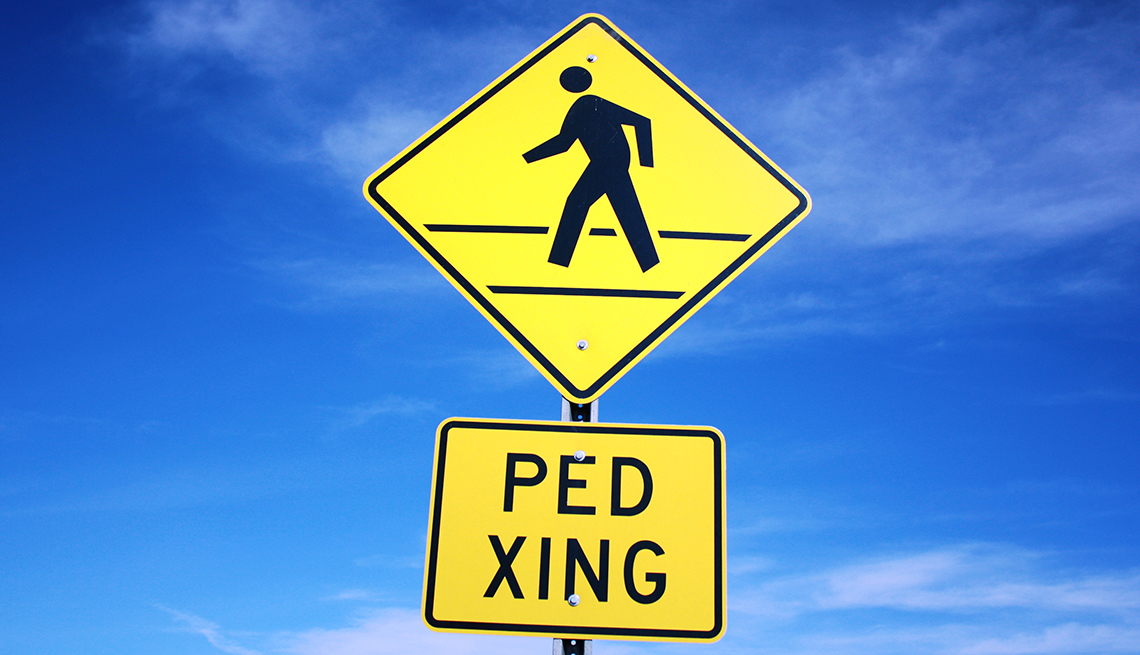Help Make Our Streets Safer for Pedestrians
Issue is of critical importance to AARP members
Everyone should feel safe crossing a street. But the streets can be dangerous, especially for older Americans.
The number of pedestrians killed by vehicles rose 35 percent in the past decade — and the death rate is almost twice as high for people over 75 as for the general population.
Making streets safe has been an important issue for AARP. It’s why we help fund the National Complete Streets Coalition’s yearly report, “Dangerous by Design,” which tracks pedestrian safety. The news in the most recent report was not good: The past two years were the deadliest since 1990.
As the report says, “We are not devoting nearly enough attention to the unique needs of older adults when we design our streets.”
This issue is of critical importance to AARP’s members. When we don’t feel safe crossing the street, we are less engaged in our community, less able to see family and friends, and more isolated.
AARP is doing what we can to address the matter as part of our Livable Communities effort.
For example, in Wayne, Maine, an AARP community challenge grant helped the town buy and install flashing signs that say “Reduce Speed” at each end of downtown.
In Austin, Texas, AARP volunteers conducted a safety audit to see how walkable a neighborhood was, then took their findings to city leaders. That led to the installation of a pedestrian-controlled traffic light.
And West Sacramento, California, used an AARP grant to put in new traffic fixtures and pedestrian-controlled crosswalk buttons with speakers and countdown timers. That helps older adults in an apartment complex safely cross the street and get to the Civic Center and its library and senior center.
AARP has included pedestrian safety as one of the measures of quality of life on our livability index, and we invite you to check out how well your city does, at livabilityindex.aarp.org.
You’ll also be able to see how your area stacks up on housing, environment, health, convenience and opportunity. Subscribe to AARP’s related newsletter to learn more about solutions to make our communities better.
Finally, if you feel that the risks posed in going out for a walk where you live may keep some people isolated in their homes, send an email to livable@aarp.org. Based on your input, we will follow up with the appropriate local officials.
Help us make America’s streets safer for all.


